Bicol Region Attractions: Explore the Best Sights and Landmarks
The Bicol Region in the Philippines is a popular tourist destination that attracts visitors from all over the world. Located in the southern part of Luzon, the largest island in the Philippine archipelago, the region is known for its natural beauty and rich cultural heritage. With its stunning beaches, majestic volcanoes, and delicious cuisine, the Bicol Region has something to offer everyone.
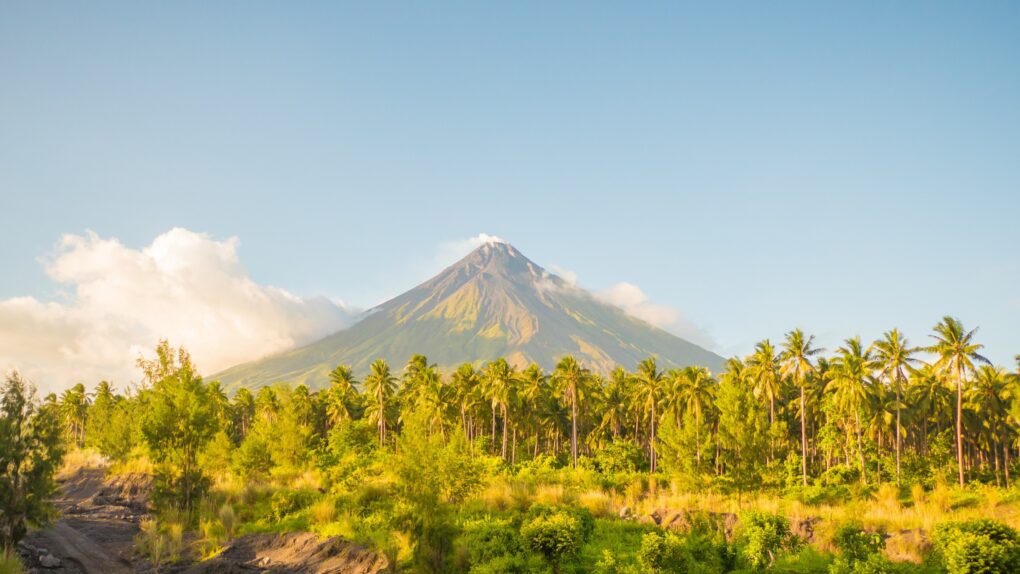

One of the most popular attractions in the Bicol Region is the Mayon Volcano, an active volcano renowned for its perfect cone shape. Visitors can hike to the volcano’s summit for breathtaking views of the surrounding landscape. Another must-visit destination in the region is the Caramoan Islands, famous for their white sand beaches and crystal-clear waters. Other popular attractions in the Bicol Region include the Donsol Whale Sharks, where visitors can swim with the gentle giants of the sea, and the historic city of Naga, known for its beautiful churches and colonial architecture.
Table of Contents
Geographical Overview
Bicol Region is located at the southeastern part of Luzon, the largest island in the northern portion of the Philippine archipelago. It comprises six provinces: Albay, Camarines Norte, Camarines Sur, Catanduanes, Masbate, and Sorsogon.
Bicol Region is known for its beautiful beaches, unspoiled islands, and active volcanoes. The most famous of which is Mount Mayon, an active volcano located in the province of Albay. It is known for its perfect cone shape and dubbed the “World’s Most Perfectly Formed Volcano.”
Aside from Mount Mayon, the Bicol Region is also home to other active volcanoes such as Mount Bulusan and Mount Iriga. The region is also surrounded by bodies of water such as the Philippine Sea, Ragay Gulf, and Sibuyan Sea, making it a popular destination for beach lovers and water sports enthusiasts.
Catanduanes, an island province located in the Bicol Region, is known for its rugged terrain, pristine beaches, and natural attractions such as waterfalls and hot springs. Masbate, another province in the region, is known for its rich marine resources and is a popular destination for diving and snorkeling.
The Bicol Region’s capital city is Legazpi, located in the province of Albay. It is known for its stunning view of Mount Mayon. It is a gateway to other popular tourist destinations such as Donsol, where tourists can swim with the whale sharks, and Caramoan Islands, known for its white sand beaches and crystal-clear waters.
Major Cities
The Bicol Region comprises six provinces and five cities, each with unique charm and attractions. Here are the major cities that you should visit in the region:
Legazpi City
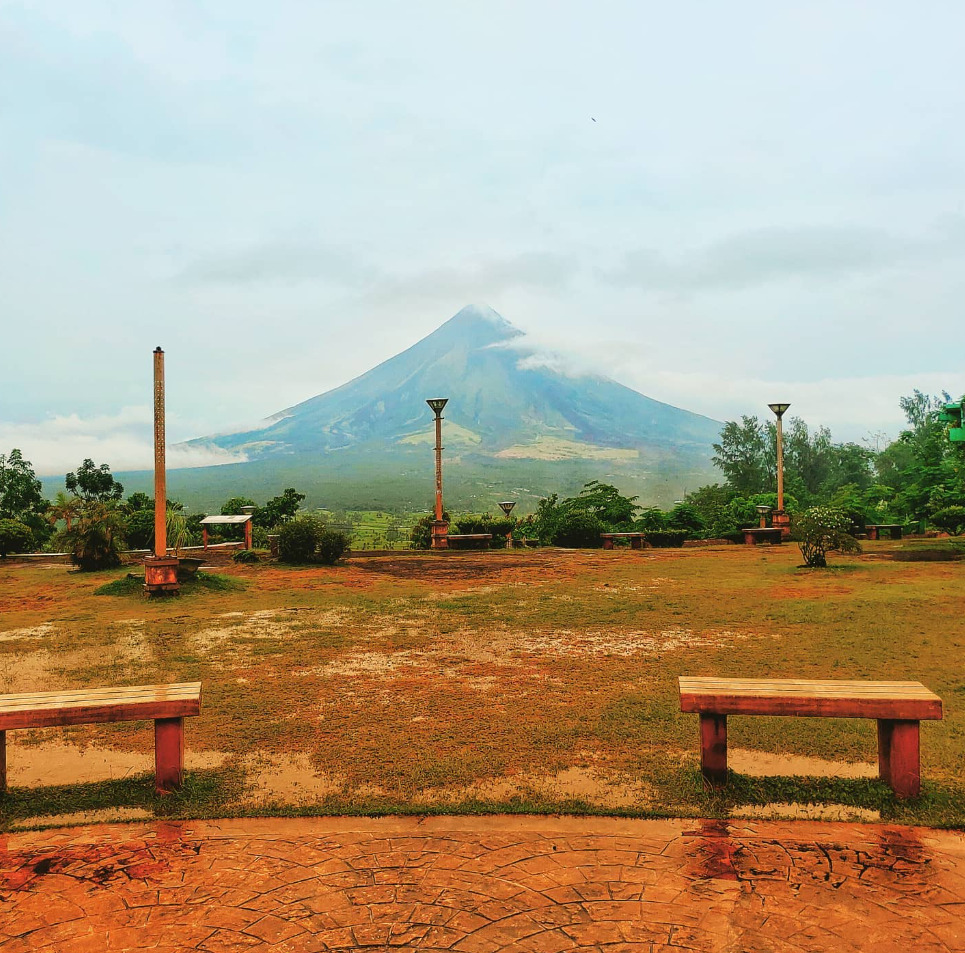

Legazpi City, the capital of Albay province, is known for its stunning views of the Mayon Volcano. Visitors can take a scenic drive along Legazpi Boulevard or hike up the Lignon Hill Nature Park to get a panoramic view of the city and the majestic Mayon Volcano. The city is also home to the Embarcadero de Legazpi, a waterfront lifestyle hub with restaurants, shops, and entertainment options.
Naga City
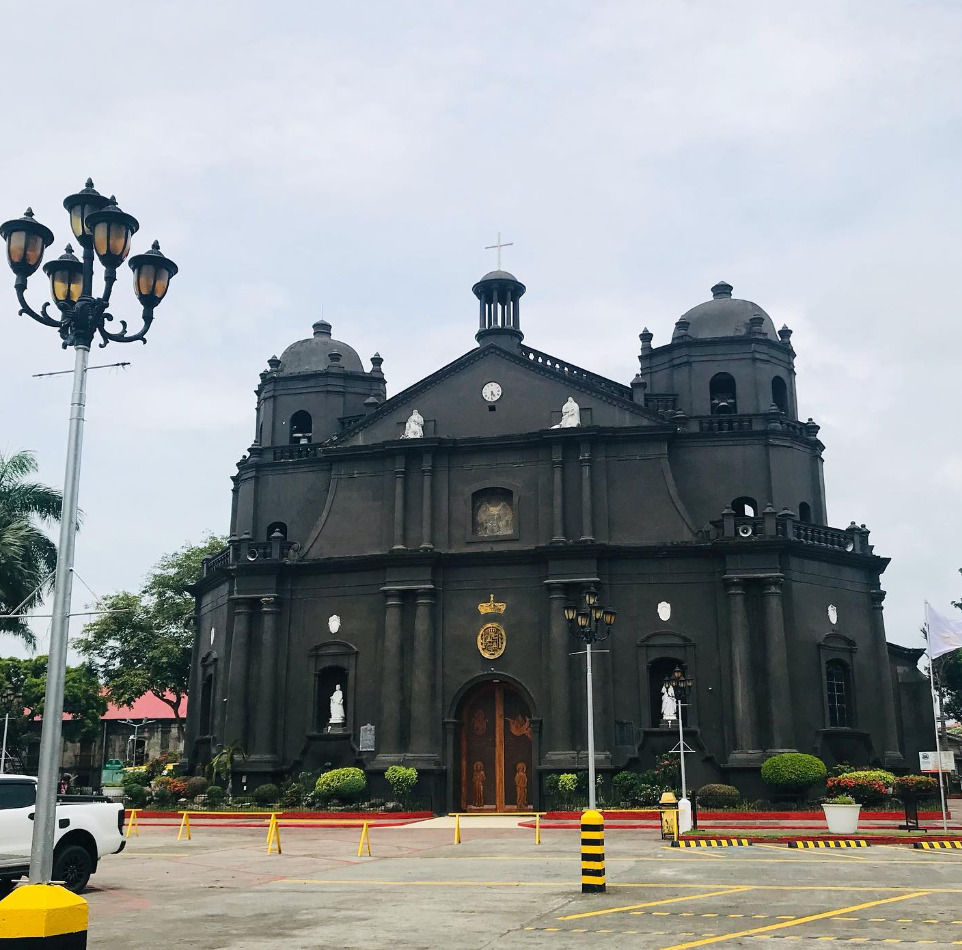

Naga City is the largest city in the Bicol Region known for its rich history and culture. Visitors can explore the city’s colonial-era churches, such as the Naga Metropolitan Cathedral and the Peñafrancia Basilica Minore, home to the revered Our Lady of Peñafrancia. The city is also a hub for trade and commerce, with malls, markets, and restaurants catering to locals and tourists alike.
Masbate City
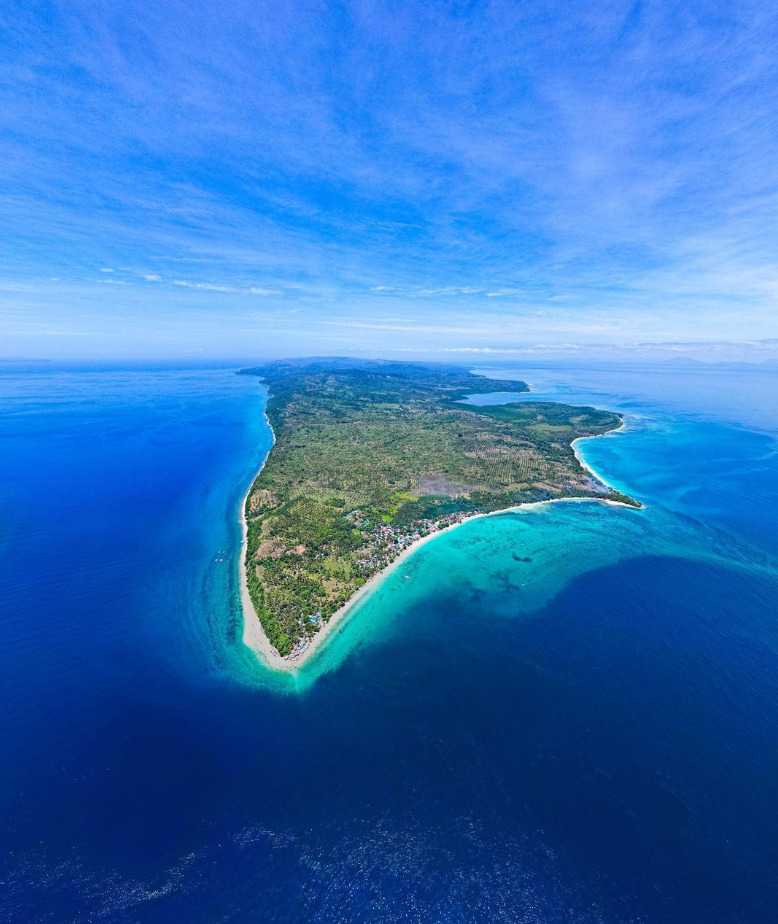

Masbate City is the capital of Masbate province and is known for its pristine beaches and marine life. Visitors can go island hopping to explore the nearby Ticao Island and Burias Island or dive to see the vibrant coral reefs and sea creatures. The city is also home to the Rodeo Masbateño, an annual festival that showcases the province’s cowboy culture.
Virac
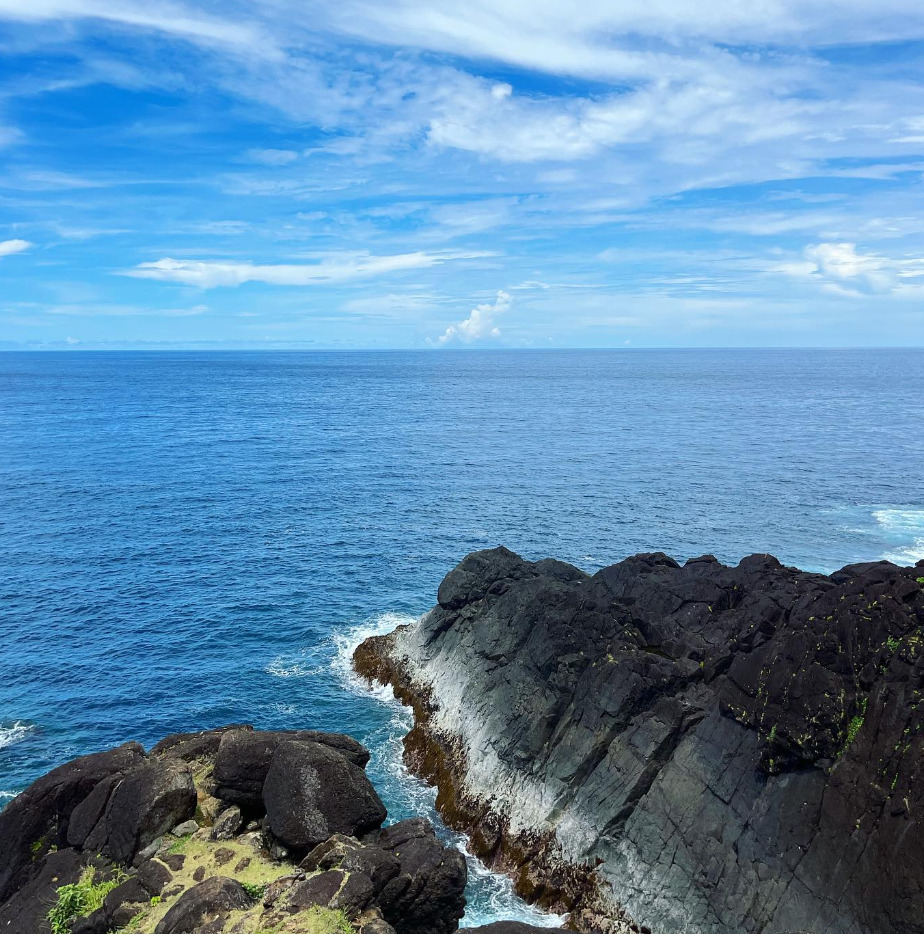

Virac is the capital of Catanduanes province and is known for its rugged terrain and natural attractions. Visitors can trek to see Binurong Point, a scenic cliff with a stunning Pacific Ocean view. The city is also home to the Bato Church, a centuries-old church that has withstood numerous earthquakes and typhoons.
Daet
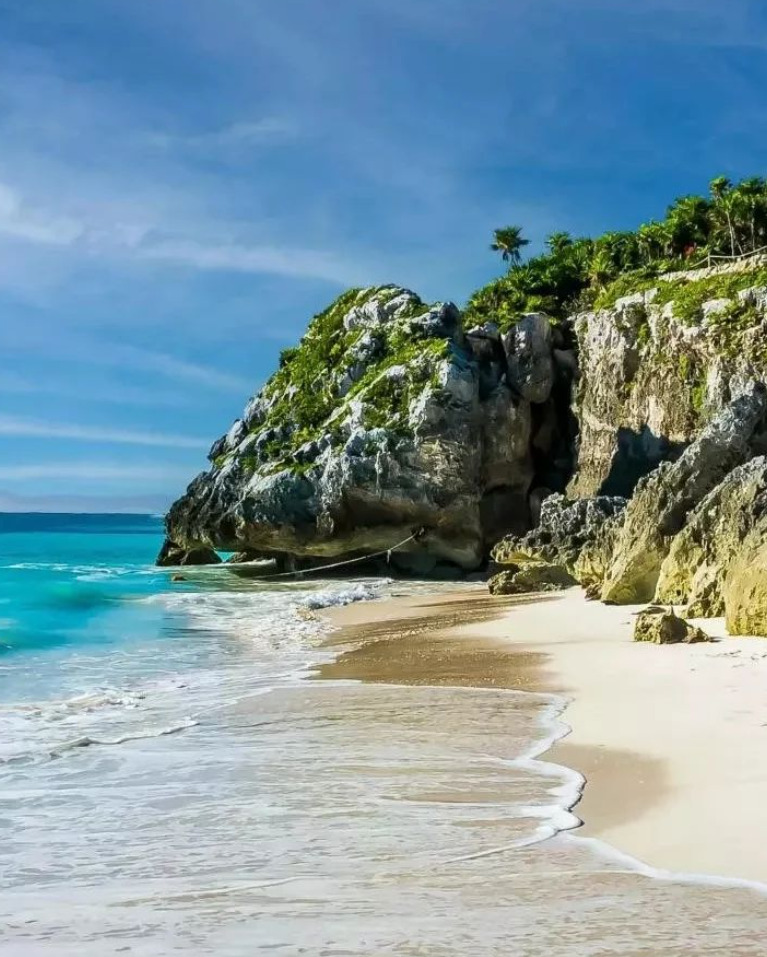

Daet is the capital of Camarines Norte province and is known for its surfing spots and beaches. Visitors can surf in Bagasbas Beach or explore the nearby Calaguas Islands, known for their crystal-clear waters and powdery white sand. The city is also home to the Daet Pineapple Festival, an annual celebration that showcases the province’s pineapple industry.
Natural Attractions
Bicol Region is known for its picturesque natural attractions. The region is a nature lover’s paradise, from majestic volcanoes to pristine beaches and serene lakes. Here are some of the top natural attractions in the Bicol Region:
Mayon Volcano
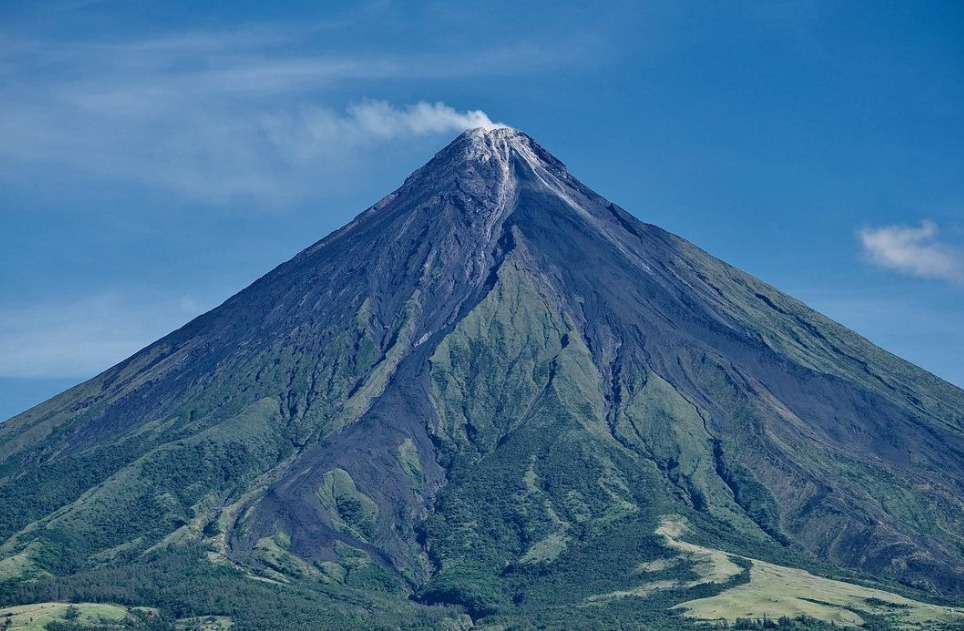

Mayon Volcano is one of the most iconic landmarks in the Philippines. Its near-perfect cone shape makes it a popular subject for postcards and photographs. The volcano is in Albay Province and is part of the Pacific Ring of Fire. It is an active volcano and has erupted several times in the past. Visitors can enjoy a panoramic view of the volcano from various vantage points in the province.
Caramoan Islands
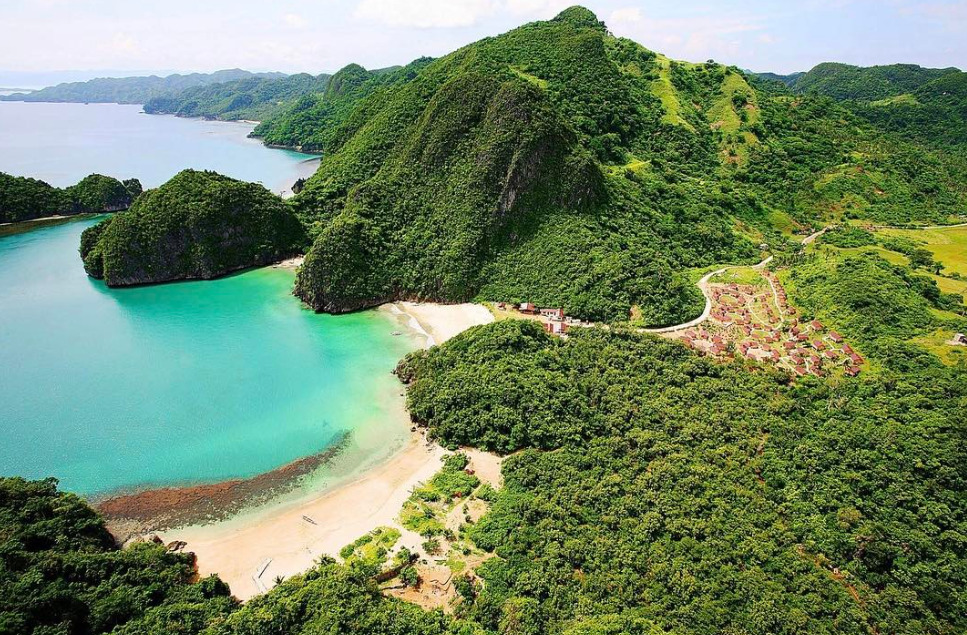

The Caramoan Islands are a group of islands located in Camarines Sur Province. The islands are known for their crystal-clear waters, white sandy beaches, and coral rock formations. The islands are also home to some of the country’s secret beaches, which are only accessible by boat. Visitors can enjoy swimming, snorkeling, and island hopping in the area.
Subic Beach
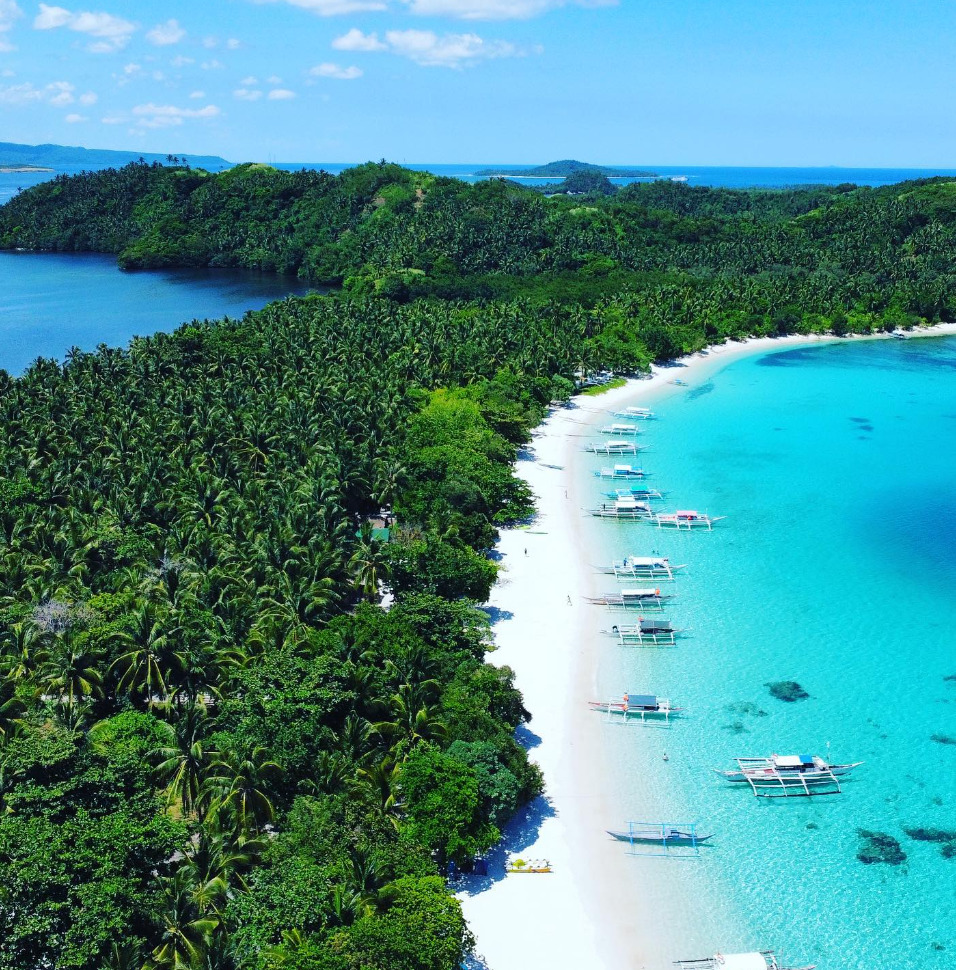

Subic Beach is a hidden gem located in Matnog, Sorsogon Province. The beach is known for its pinkish sand and crystal-clear waters. It is also surrounded by towering limestone cliffs and lush greenery. Visitors can enjoy swimming, snorkeling, and kayaking in the area. The beach is also a popular spot for camping and picnics.
Bulusan Lake
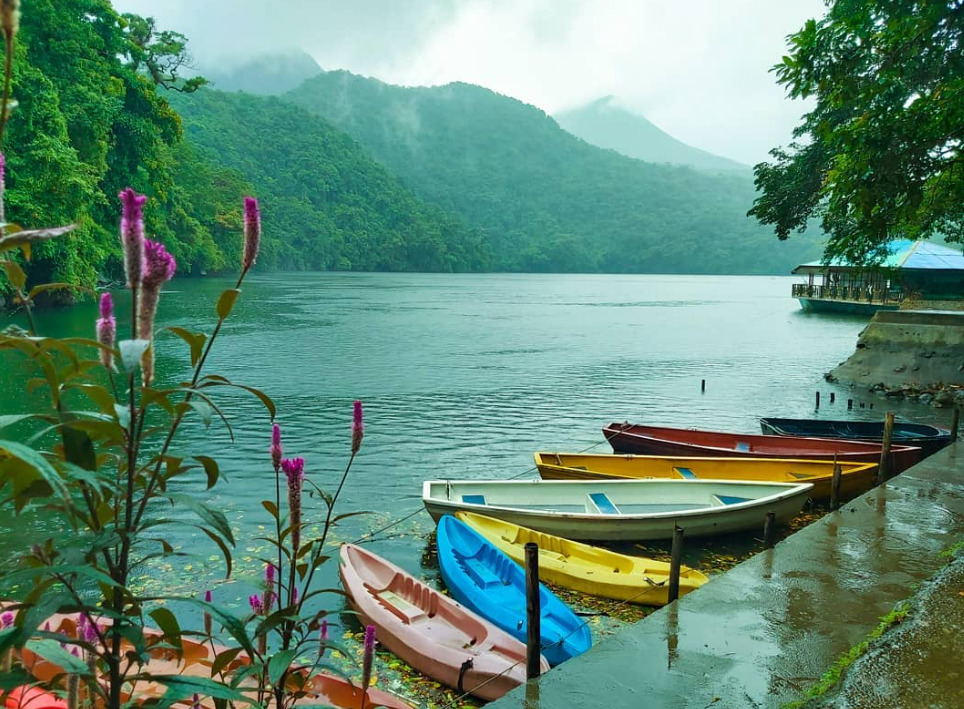

Bulusan Lake is a serene crater lake in Bulusan Volcano Natural Park in Sorsogon Province. The lake is surrounded by lush greenery and is a popular bird-watching spot. Visitors can enjoy a relaxing boat ride on the lake while taking in the scenic views of the surrounding mountains.
Sumlang Lake
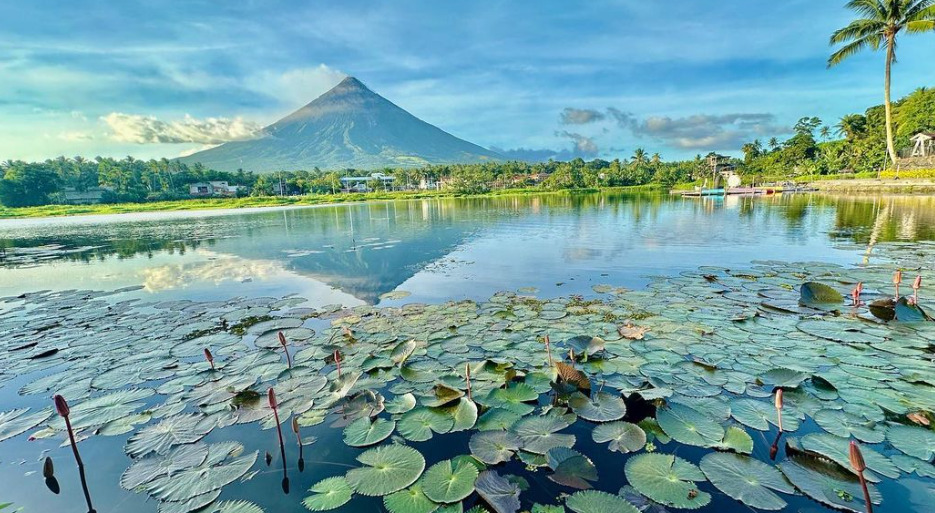

Sumlang Lake is a man-made lake located in Camalig, Albay Province. The lake is surrounded by lush greenery and is a popular spot for fishing and boating. Visitors can also enjoy a relaxing picnic by the lake or try out the local delicacies at the nearby food stalls.
Outdoor Activities
Bicol Region is a great destination for outdoor enthusiasts, offering a range of exciting activities that take advantage of the region’s natural beauty. Here are some of the best outdoor activities to try in Bicol Region:
Donsol Whale Shark Interaction
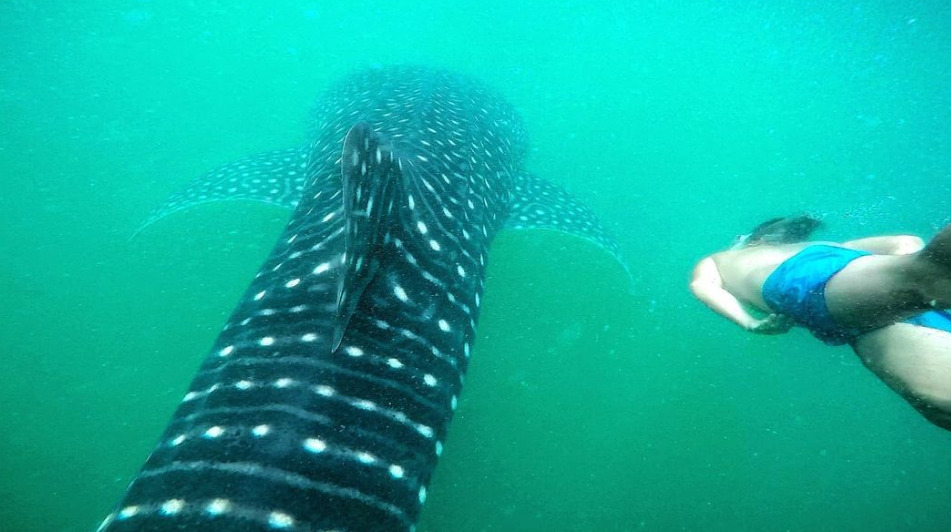

Donsol is known for its whale sharks, seen from November to June. Visitors can take a boat tour to see these gentle giants up close and even swim alongside them. It’s an unforgettable experience that offers a unique opportunity to witness one of nature’s most magnificent creatures in their natural habitat.
Hiking at Mount Mayon
Mount Mayon is an active volcano that offers some of the best hiking in the Philippines. The volcano is known for its perfect cone shape and stunning views of the surrounding landscape. There are several trails to choose from, ranging from easy to challenging, and each offers a unique experience. Visitors can hike to the crater rim, explore lava formations, and take in the breathtaking scenery along the way.
Boating in Matnog
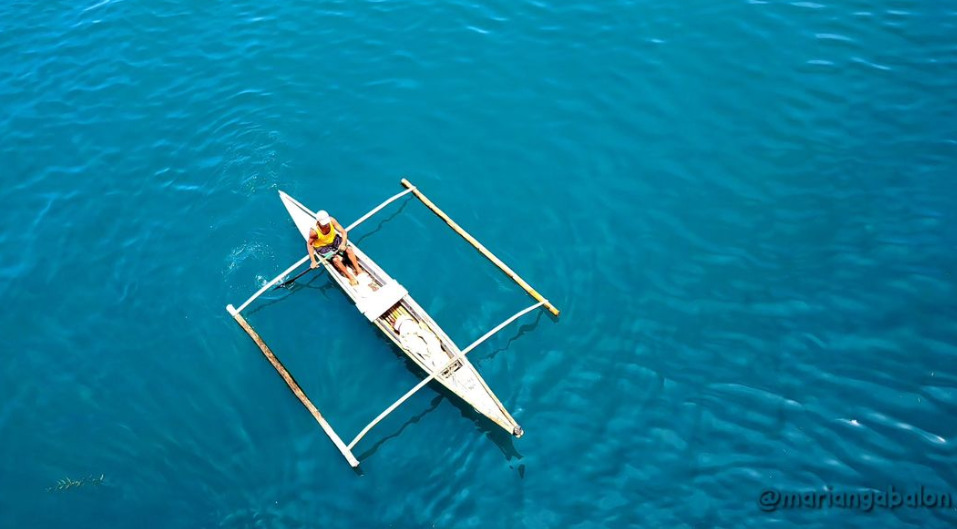

Matnog is a town located in the southern part of Sorsogon province, known for its crystal-clear waters and stunning rock formations. Visitors can take a short boat trip to explore the nearby islands and beaches, where they can swim, snorkel, and relax on the white sand beaches. The area is also popular for its marine life, making it a great spot for diving and other water activities.
Cultural Landmarks
The Bicol Region is known for its rich cultural heritage, which is evident in the many historical landmarks and attractions that can be found throughout the area. Here are some of the most notable cultural landmarks in the region:
Basilica in Naga
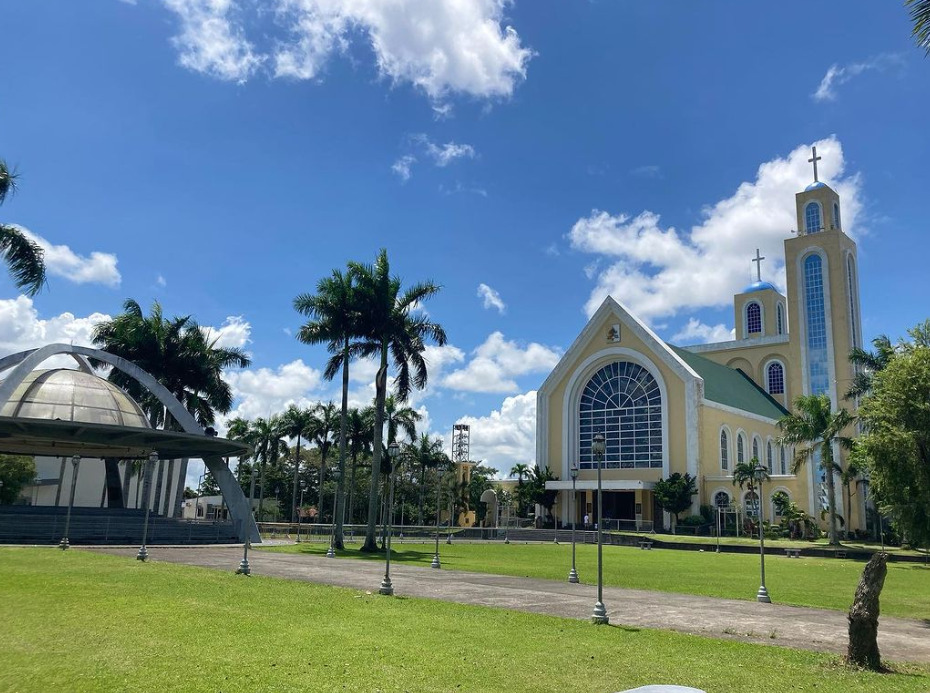

The Basilica of Our Lady of Penafrancia, located in Naga City, is one of the most famous churches in the Bicol Region. It is home to the image of the Virgin Mary, which is believed to have miraculous powers. The church is a popular destination for pilgrims and tourists, who admire its beautiful architecture and rich history.
Cagsawa Ruins
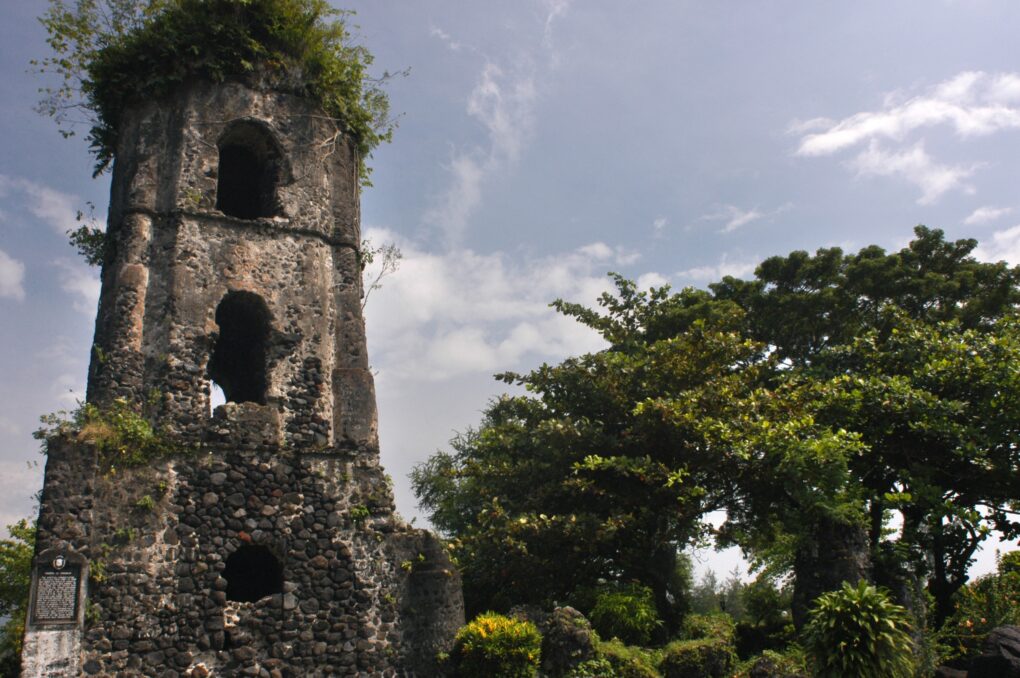

The Cagsawa Ruins, located in Albay, are the remains of a 17th-century church that was destroyed in the eruption of Mayon Volcano in 1814. Today, the ruins are a popular tourist attraction and a symbol of the region’s resilience in the face of adversity. Visitors can explore the ruins and learn about the history of the area.
Mayon Skyline View Deck
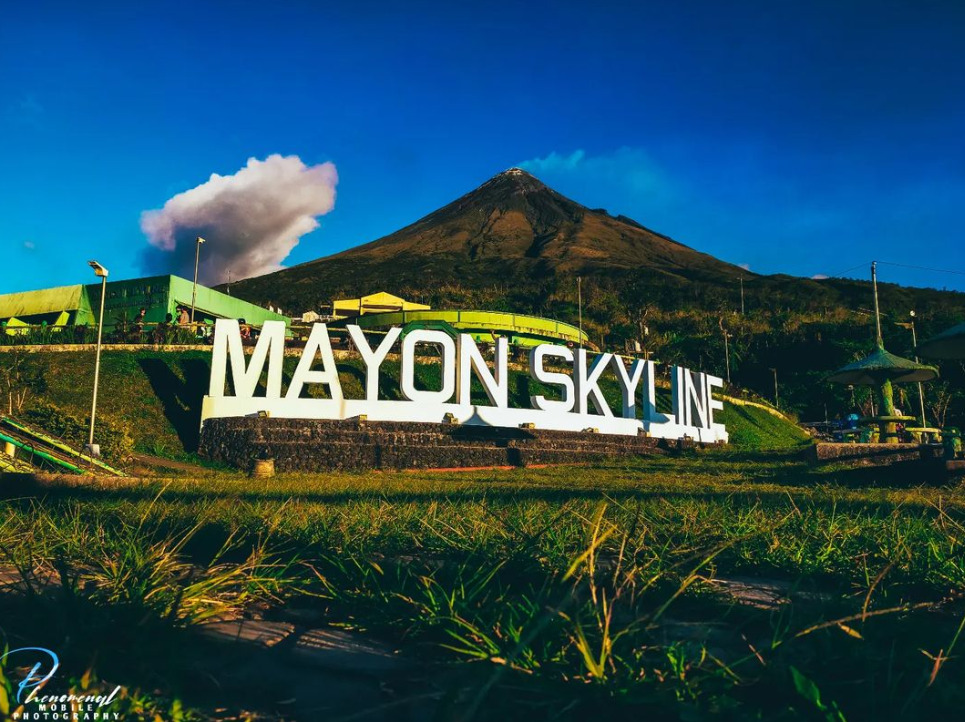

The Mayon Skyline View Deck, located in Legazpi City, offers stunning views of the Mayon Volcano and the surrounding landscape. Visitors can take a scenic drive up to the view deck and enjoy panoramic views of the volcano and the city below. The view deck also features a restaurant and souvenir shops.
These cultural landmarks are just a few of the many attractions the Bicol Region offers. Whether you are interested in history, architecture, or natural beauty, there is something for everyone to enjoy in this vibrant and diverse region.
Local Cuisine
Bicol Region is known for its spicy cuisine that packs a punch. One of the most famous dishes is the Bicol Express, a fiery pork stew made with coconut milk, shrimp paste, and lots of chili peppers. It is a must-try for anyone visiting the region.
Aside from the Bicol Express, there are many other spicy dishes to try in Bicol. Laing is a dish made with taro leaves, coconut milk, and chili peppers. It is often served as a side dish or appetizer. Another popular dish is Kinunot, made with flaked fish, coconut milk, and chili peppers.
For those with a sweet tooth, Bicol also has something to offer. One unique dessert is the Spicy Ice Cream, made with chili peppers and other spices. It may sound unusual, but it is surprisingly delicious.
In addition to the spicy cuisine, Bicol is also known for its BBQ. Grilled meats are a staple in the region, with many different variations to try. Some popular options include pork BBQ, chicken BBQ, and grilled seafood.
Overall, Bicol’s cuisine is not for the faint of heart. You will be rewarded with a unique and flavorful culinary experience if you can handle the heat.
Travel Guide
Bicol Region is a popular tourist destination in the Philippines, known for its stunning natural beauty, rich history, and culture. This travel guide will provide visitors with all the essential information they need to plan their trip to Bicol.
Getting There
The region is accessible by air, land, and sea. The main airport in Bicol is the Legazpi Airport, which serves both domestic and international flights. From the airport, visitors can take a taxi or a shuttle to their destination. Alternatively, they can also take a bus or a van from Manila, which takes around 10-12 hours.
Points of Interest
Bicol Region is home to several points of interest that are worth visiting. The most popular attraction is the Mayon Volcano, an active volcano known for its perfect cone shape. Other must-visit destinations include the Caramoan Islands, Donsol Whale Sharks, and the Underground River in Albay.
Travel Guide
Visitors should plan their itinerary in advance to make the most of their trip to Bicol. They should also be aware of the local customs and traditions, and respect them. It is also advisable to bring cash, as not all establishments accept credit cards.
Tourist Attractions in Bicol
Bicol Region is home to many tourist attractions catering to all travelers. Adventure seekers can hike, trek, and spelunking in the region’s many natural wonders. Beach lovers can enjoy the sun, sand, and sea at the region’s many beaches. Meanwhile, history buffs can explore the region’s many historical sites and landmarks.
Top Attractions
The top attractions in Bicol Region include Mayon Volcano, Caramoan Islands, Donsol Whale Sharks, and the Underground River in Albay. Other must-visit destinations include the Daraga Church, CamSur Watersports Complex, and the Quitinday Hills.
Overall, the Bicol Region is a must-visit destination for anyone who wants to experience the beauty and culture of the Philippines. Its stunning natural wonders, rich history, and warm hospitality will surely leave visitors with unforgettable memories.
Historical Context
The Bicol Region has a rich history that dates back to the Spanish colonial period. The Spanish influence is evident in the region’s architecture and culture. Many of the region’s churches and landmarks were built during this period and still stand today, serving as a testament to the region’s past.
The region has also been shaped by the natural disasters that it has experienced. The Bicol Region is particularly vulnerable to typhoons due to its location on the eastern seaboard of the Philippines. The region has been hit hard by several typhoons, including Typhoon Durian in 2006 and Typhoon Reming in 2006, which caused significant damage and loss of life.
Despite its challenges, the Bicol Region has persevered and continues to thrive. The region’s history and resilience make it a fascinating destination for travelers interested in learning about the Philippines’ past and present.
Some of the region’s most notable historical landmarks include the Cagsawa Ruins, the remains of a 17th-century church destroyed by the Mayon Volcano eruption in 1814. Another landmark is the Naga Metropolitan Cathedral, which was built in the 16th century and is one of the oldest churches in the Philippines.
Overall, the Bicol Region’s history and culture are integral to its identity. Visitors to the region can learn about its past by exploring its historical landmarks and experiencing its unique customs and traditions.
